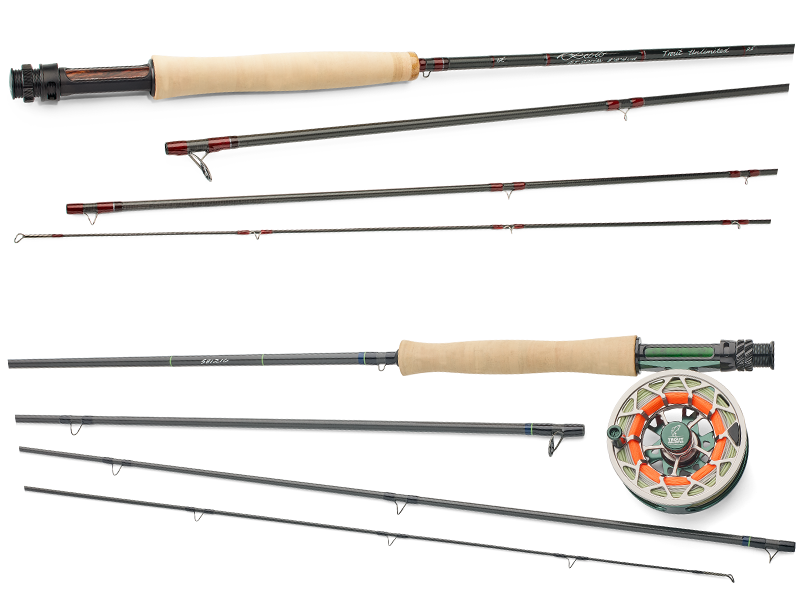-
It’s National Fishing and Boating Week
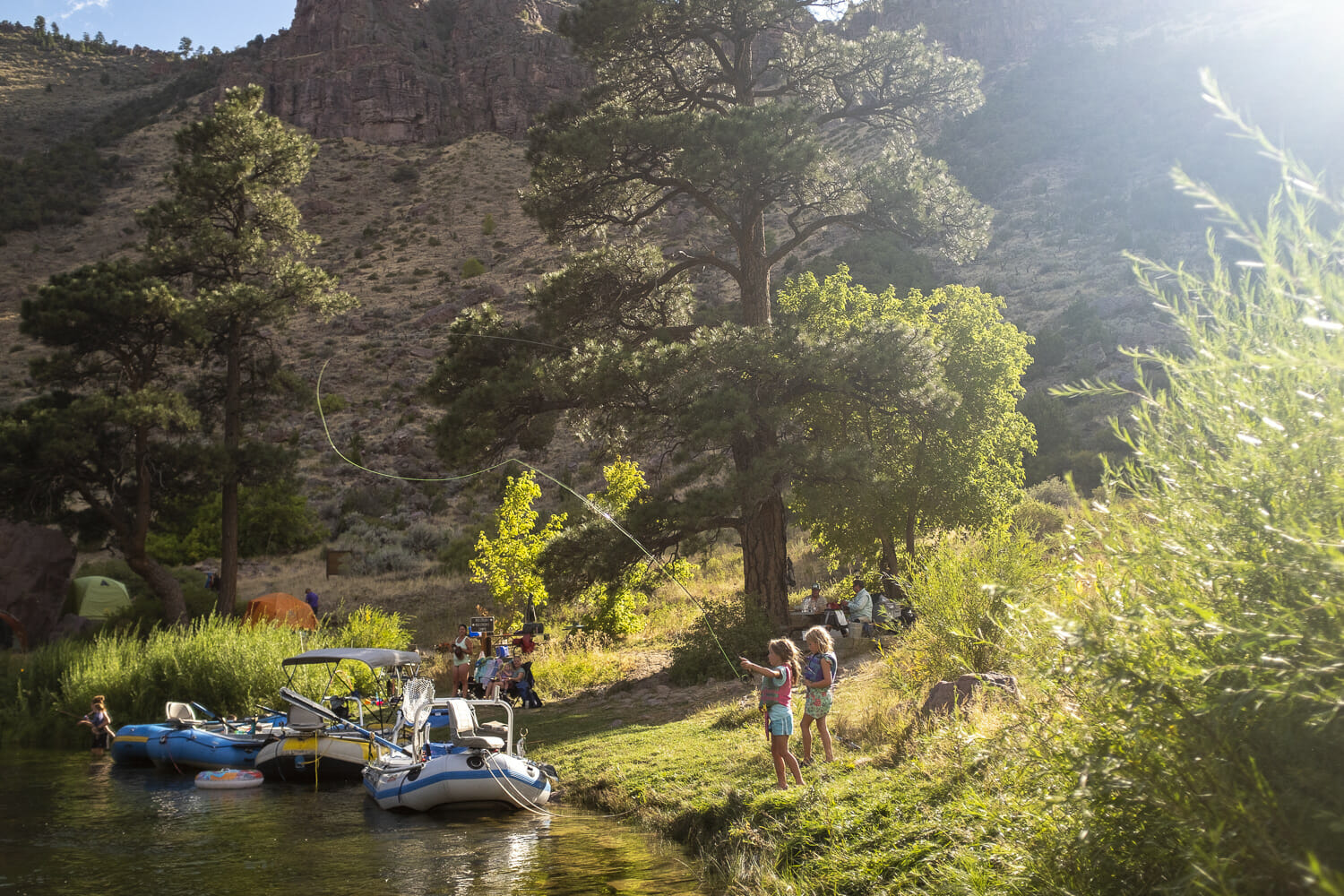
Here's how you can celebrate all across the country It’s National Fishing and Boating Week across the country. As witnessed by many last year during the height of the pandemic people all across the country turned to the outdoors to provide themselves and their families with the space they needed to be with their loved…
-
Watching runoff
https://youtu.be/KMdCsr9SCuM I can watch runoff all day long. How about you?
-
Visitation surges on U.S. national forests in 2020
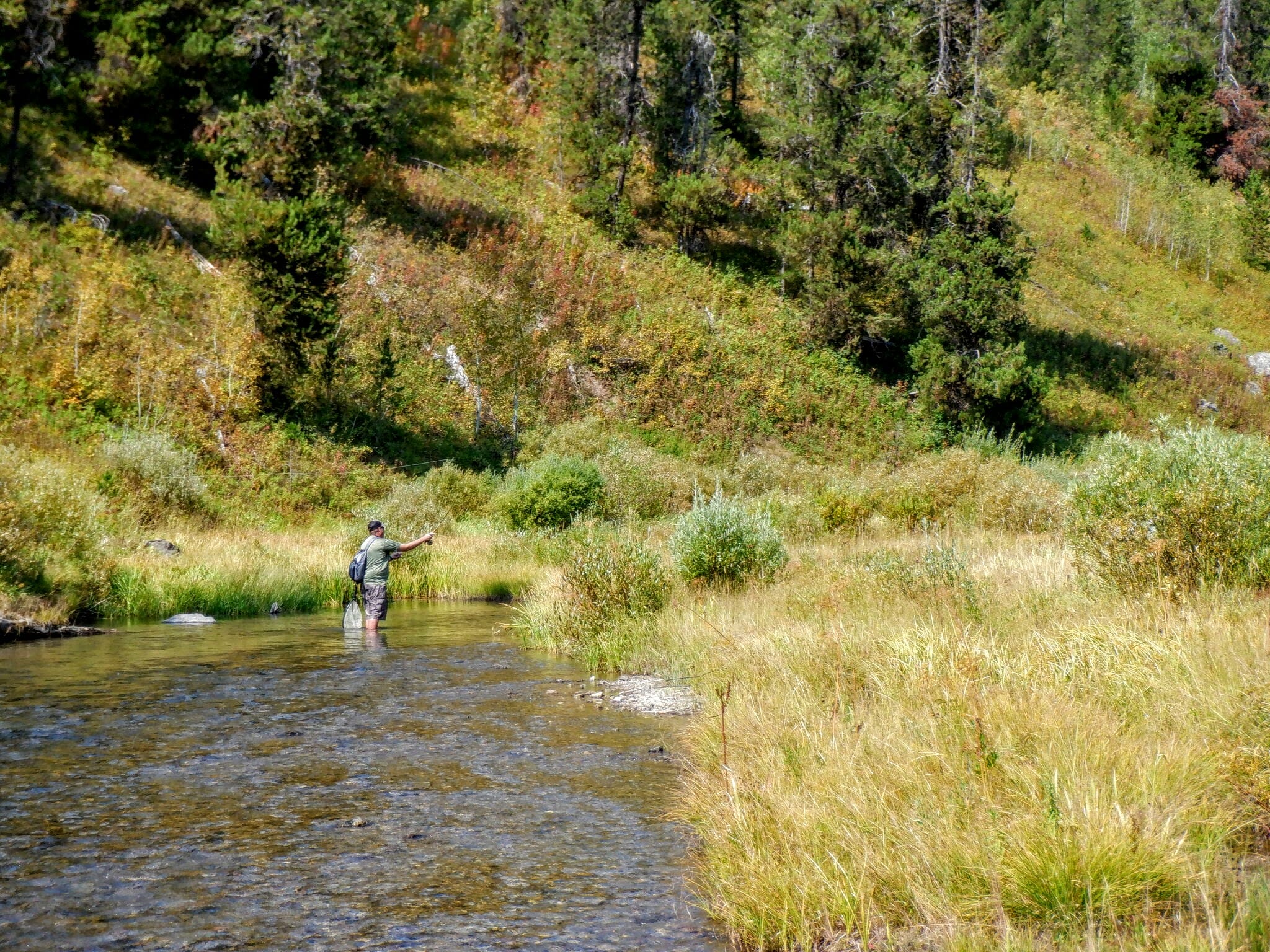
An angler casts to trout on the Targhee National Forest in Idaho. Chris Hunt photo. Agency says pandemic spurred more people to explore the outdoors By Andrew Avitt Over the last year, people across the U.S. chose the great outdoors to reduce stress and find a physically distanced alternative for having a little fun. National forests and…
-
A Colorado fishing story
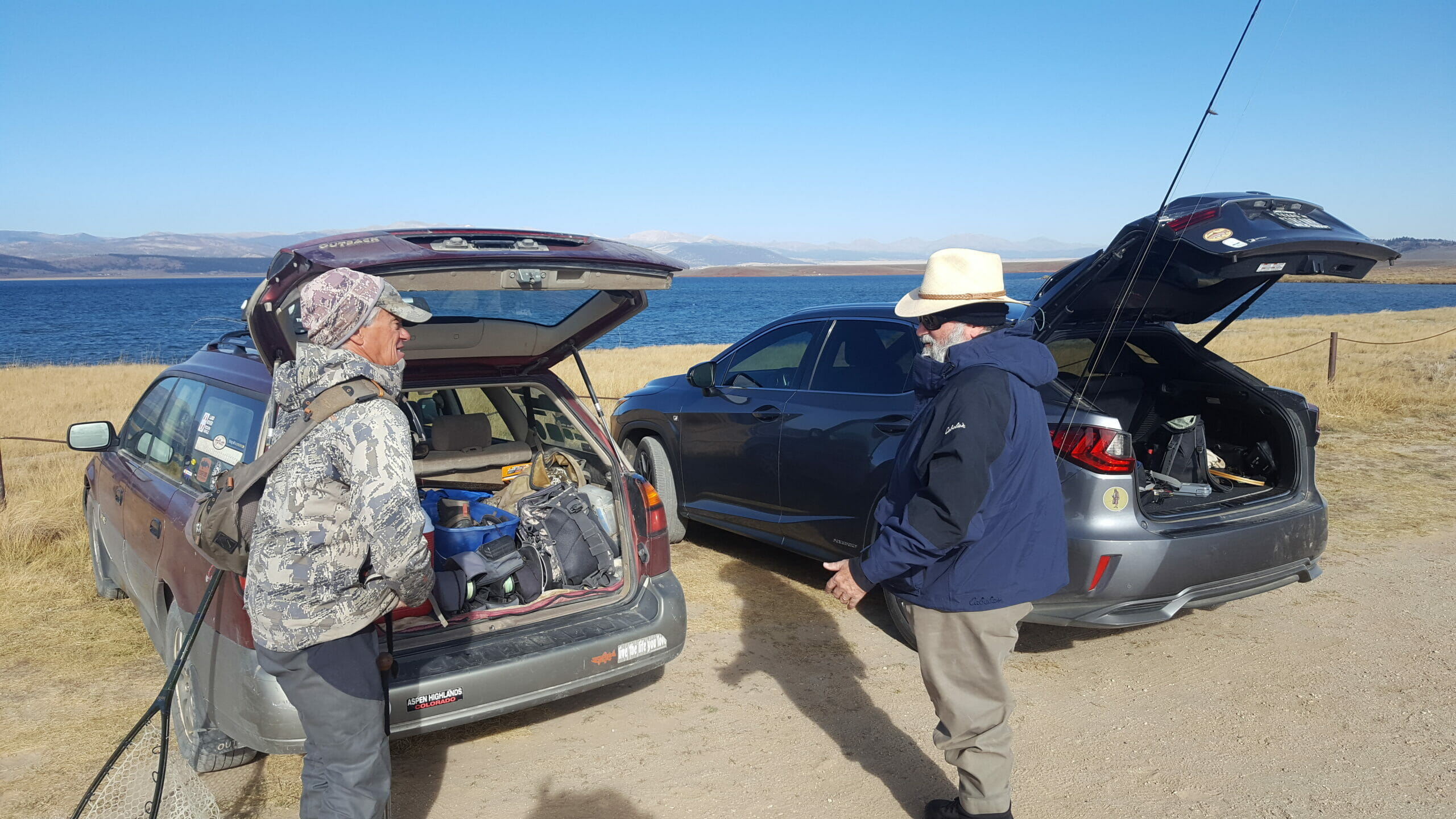
Two old friends get together in Salida for one last trout trip By Jim Aylsworth While my dear friend Dick and I would enjoy fishing anywhere together, for this trip we chose to explore the water around Salida, Colo. Upon seeing him at the airport I knew better, but just couldn't help myself. In the…
-
Unattended campfires a symptom of higher public-lands use during the pandemic?
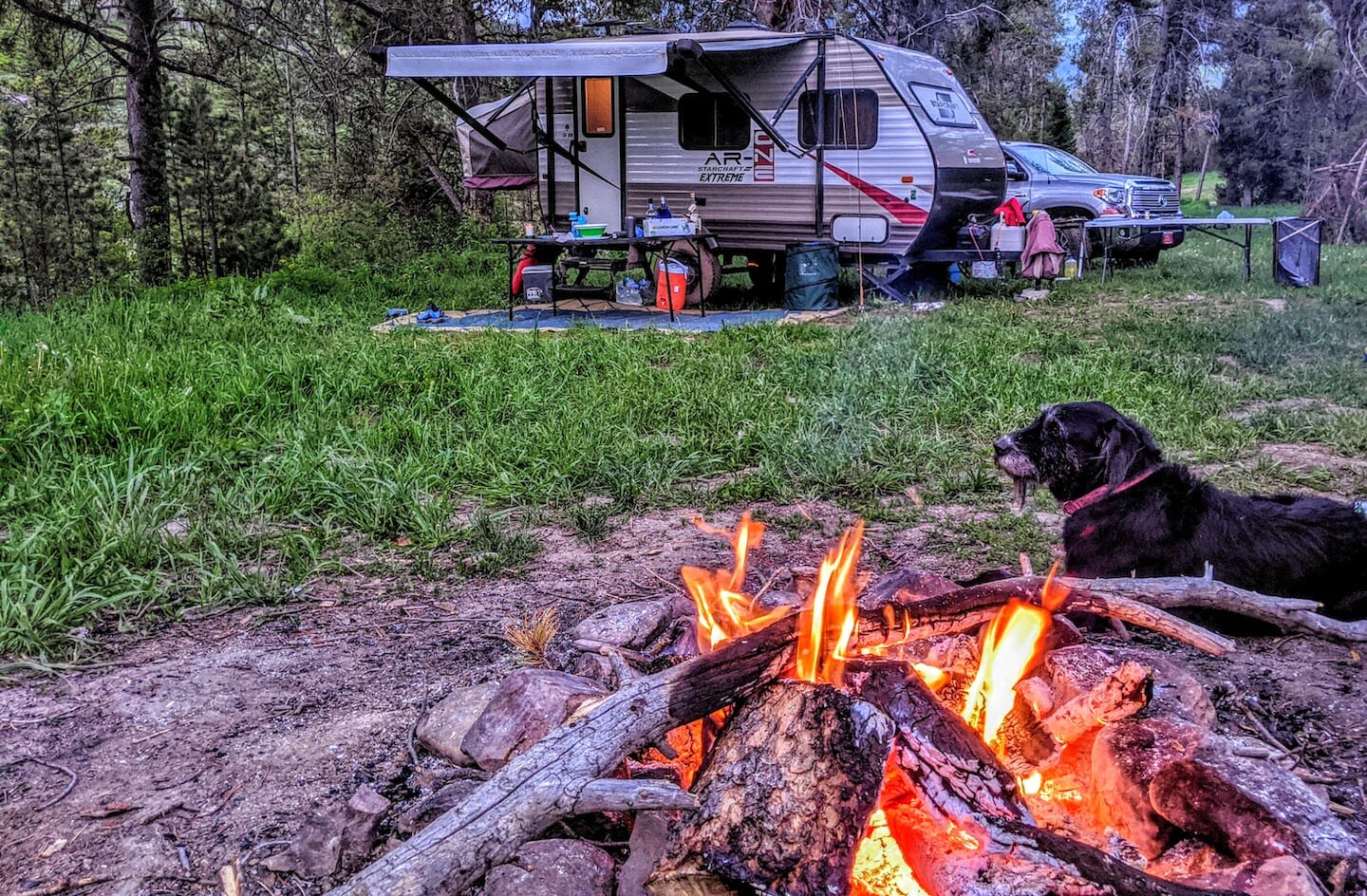
With more and more people escaping outside for safe recreation, it’s vital that people understand the impacts they’re having on public lands, not the least of which is the potential for wildfires caused by unattended campfires and careless behavior in the woods. Case in point: the Bridger-Teton National Forest in western Wyoming reported a 300…
-
We are TU: Jamie SanFilippo
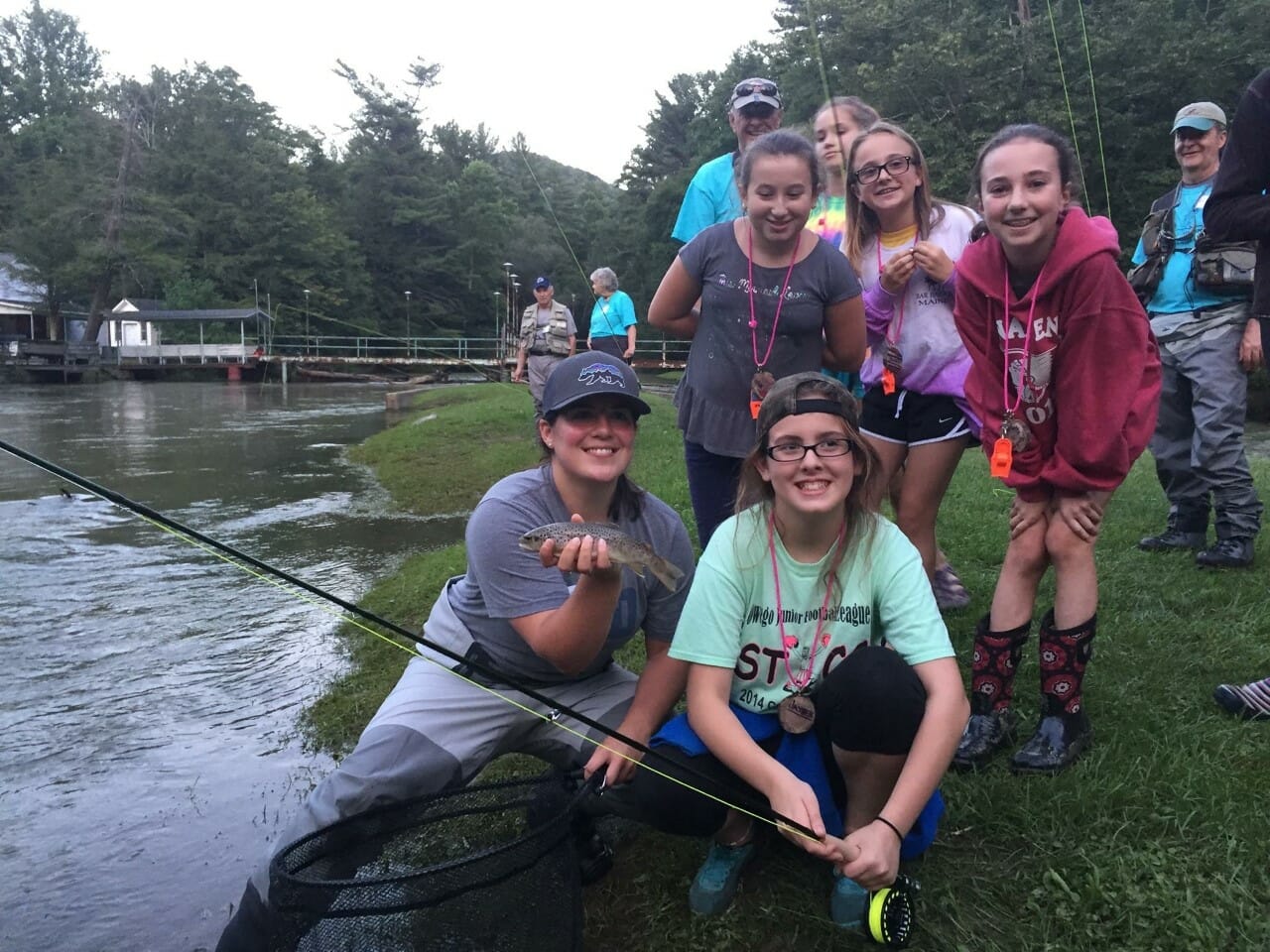
Jamie SanFilippo is president of her local Spring Creek Chapter in Pennsylvania. She joined TU when she brought the Trout in the Classroom program to her job at the local YMCA. Mentoring youth and new anglers is a passion for this active and avid conservationist. She also finds time to guide anglers on the fabled waters near…
-
Headwaters program expanding in Pacific Northwest thanks to new partner
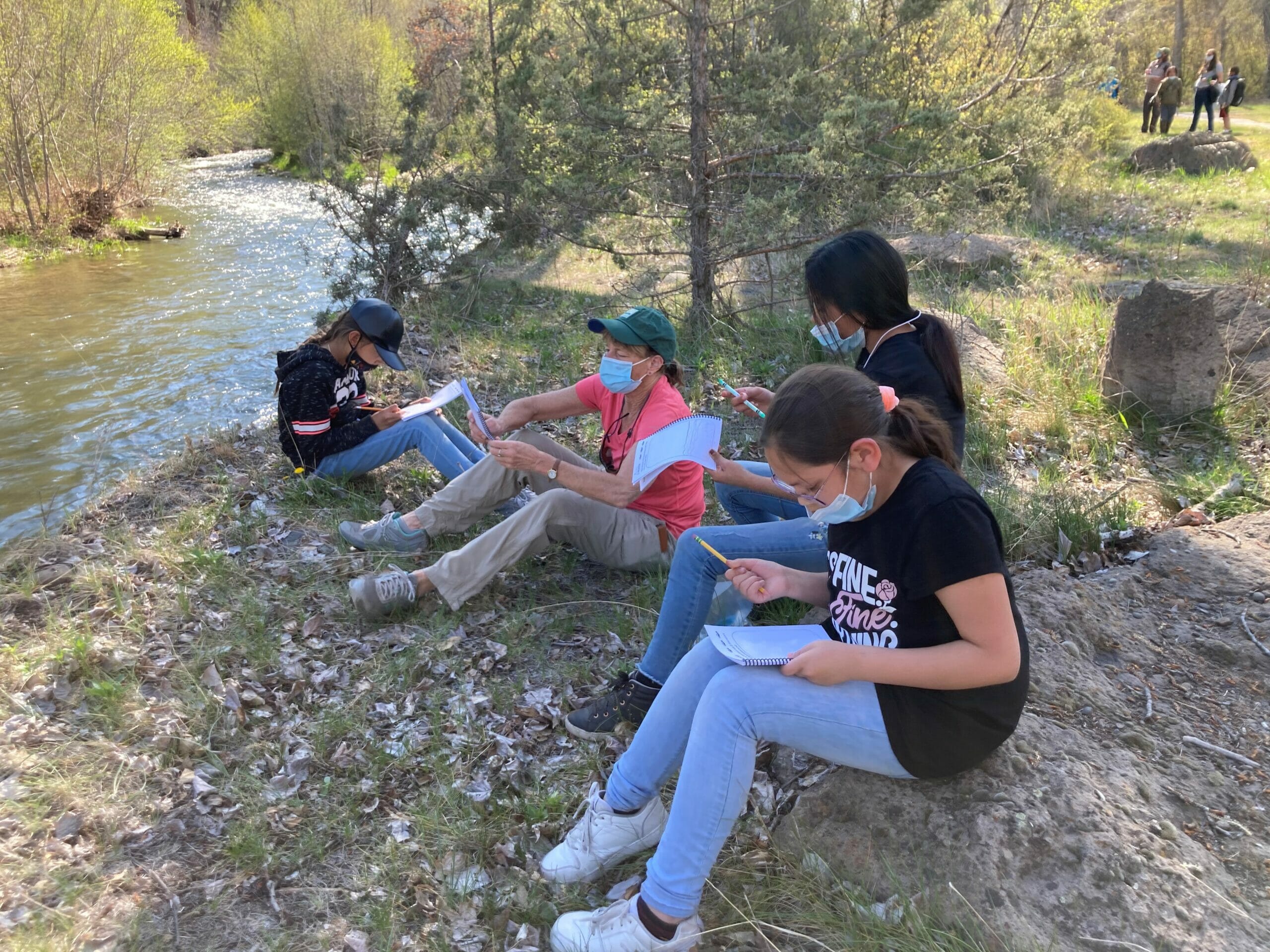
For more than a decade, Trout Unlimited has been working with students from kindergarten through high school as part of my project work and community engagement in Central Oregon. Via my field education role with TU, I have been connecting students with local streams and providing hands-on conservation work within the Deschutes River watershed. I’m…
Explore by State
Select
- Get Involved
- What We Do
- Learn
- Support Us
-
-
-
featured
Become a Life Member
Get the all-new TU limited edition Scott rod. Hurry - reel in yours while they last!
-
-
Go to Your State
Select State
- Get Involved
- What We Do
- Learn
- Support Us
-
-
-
featured
Become a Life Member
Get the all-new TU limited edition Scott rod. Hurry - reel in yours while they last!
-
-

